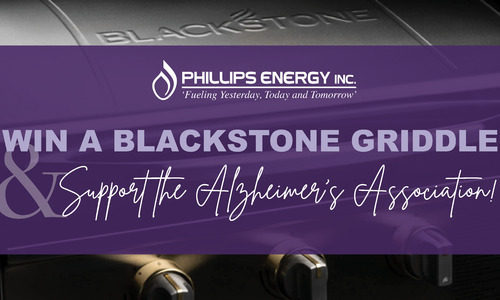Carbon Monoxide Safety
Chances are, if you saw this headline and clicked on this blog post, you’ve at least heard something about the dangers of carbon monoxide (CO) poisoning and the damage it can do.
In fact, a quick Google news search gives insight into the prevalence and dangers of CO poisoning. In just the past few weeks (May 2016), there have been CO poisonings attributed to indoor use of generators and charcoal grills, improper ventilation of appliances and leaving a vehicle running in an attached garage.
What is CO?
The potential sources of CO poisoning are many and the dangers are real. Dubbed the ‘invisible killer,’ CO is a colorless, odorless, and tasteless gas created when fuels (gasoline, wood, coal, natural gas, propane, and methane) burn incompletely.
What are the symptoms of CO poisoning?
The effects of CO poisoning can range from dizziness and vomiting to coma and death. Seek medical help immediately if you think you have been exposed to CO.
How can I prevent CO poisoning?
As it is virtually undetectable until symptoms are present, follow these tips to prevent CO exposure and poisoning:
- Install CO alarms in a central location outside each sleeping area and on every level of the home. Be sure to select an alarm with a UL rating.
- Contact your local fire department to find out who to contact if the alarm sounds.
- Test CO alarms monthly.
- If the audible trouble signal sounds, check for low batteries. If it continues to sound with new batteries, call the fire department.
- If the CO alarm sounds, immediately move to a fresh air location outdoors or by an open door or window. Make sure that everyone in the house is accounted for and call for help from the fresh air location. Stay there until emergency personnel arrive.
- If you need to warm a vehicle, remove it from the garage immediately after starting. Do not run a vehicle or other fuel engine or motor indoors – even if the garage doors are open.
- Generators should only be used in a well ventilated outside area and at least three feet away from doors, windows, and vent openings.
- Gas or charcoal grills can produce CO – use only outside.
Source: http://www.nfpa.org/safety-information/for-consumers/fire-and-safety-equipment/carbon-monoxide/carbon-monoxide-safety-tips
